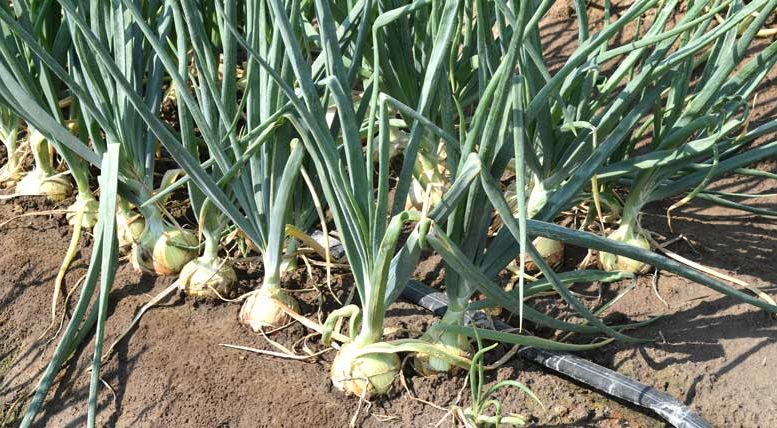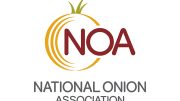|
Click to listen to this article
|
In an industry call with the FDA Center for Food Safety and Applied Nutrition’s Office of Compliance and Office of Food Safety on May 2, officials said they are prioritizing inspecting America’s onion farms.
Inspectors will be assessing compliance with the Produce Safety Rule to identify potential risk factors that “may have contributed to previous onion related outbreaks.”
This move is called the Bulb Onions Inspections Assignment. It began April 25 and will run through Sept. 30. The assignment is for inspections only, and there will be no sampling of product unless the inspectors has “cause.” All inspections will be pre-announced and will only be on farms that are due for an inspection.
“What we’re trying to do is build a structured process for how we transition from outbreak to prevention,” said Mark Mooreman, director of the Office of Food Safety. “One side does a good job of detecting outbreaks, but we’ve got to figure out the how and why and what preventions need to be put in place from them happening again.”
Officials said they are working with academia and state agriculture departments to identify gaps in their understanding of practices.
Industry officials said they also would be inspecting onions at the border when they enter the U.S., in the wake of the outbreak they said was linked to Mexican onions. However, last week, different FDA officials said they would not be inspecting onions at the center of that alleged outbreak. The National Service for Agrifood Health, Safety and Quality (SENASICA), Mexican equivalent of FDA apparently conducted its own investigation, but FDA compliance officials on Monday said they could not release that information due to confidentiality agreements.
NOA Executive Vice President Greg Yielding said that was unacceptable. “I guarantee you they know what happens when FDA does something. FDA publicizes their inspection findings,” Yielding said. “If Mexican authorities did something, we really need to know what they found, for the consumer especially.”
SOURCE: NATIONAL ONION ASSOCIATION






